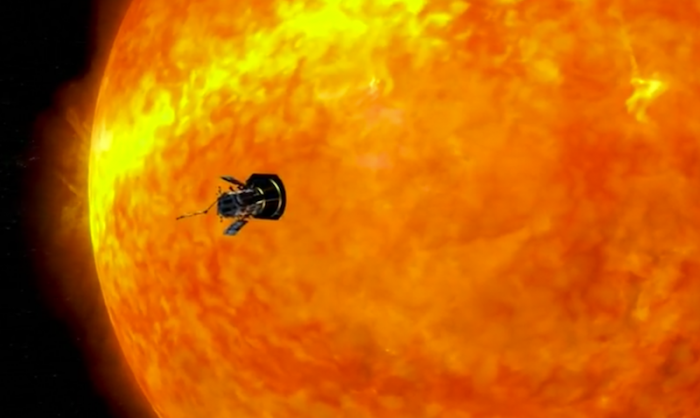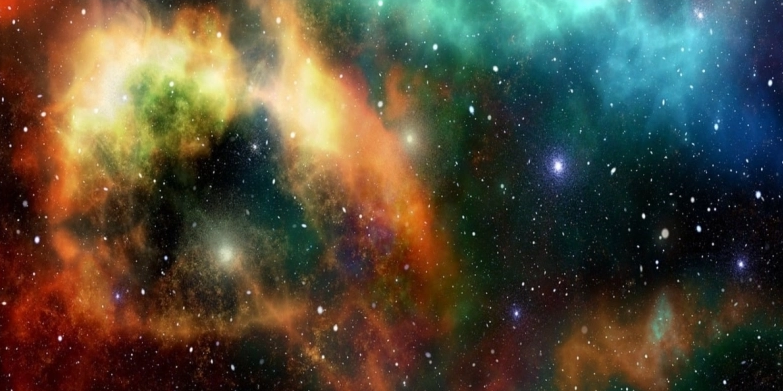NASA is preparing to send a probe closer to the Sun than any other spacecraft has ventured, enduring wicked heat while zooming through the solar corona to study this outermost part of the stellar atmosphere that gives rise to the solar wind.
The Parker Solar Probe, a robotic spacecraft the size of a small car, is slated to launch from Cape Canaveral in Florida, with Aug. 11 targeted as the launch date for the planned seven-year mission. It is set to fly into the Sun’s corona within 3.8 million miles (6.1 million km) from the solar surface, seven times closer than any other spacecraft.
“We’re going to be very, very close. We’re going to be actually touching the particles of the sun,” NASA Planetary Scientist Geronimo Villanueva said on Thursday (August 2).
The previous closest pass to the Sun was by a probe called Helios 2, which in 1976 came within 27 million miles (43 million km). By way of comparison, the average distance from the Sun for Earth is 93 million miles (150 million km).
The corona gives rise to the solar wind, a continuous flow of charged particles that permeates the solar system. Unpredictable solar winds cause disturbances in our planet’s magnetic field and can play havoc with communications technology on Earth. NASA hopes the findings will enable scientists to forecast changes in Earth’s space environment.
“When we get a massive storm happening in the sun, they may kill, you know, a satellite or a power grid here our own planet. To understand how that process happens, how long it takes, when we have to be protected from that — this is the key thing we are answering with this mission,” Villanueva said.
The project, with a $1.5 billion price tag, is the first major mission under NASA’s Living With a Star program.
The probe is set to use seven Venus flybys over nearly seven years to steadily reduce its orbit around the Sun, using instruments designed to image the solar wind and study electric and magnetic fields, coronal plasma and energetic particles. NASA aims to collect data about the inner workings of the highly magnetized corona.
The probe, named after American solar astrophysicist Eugene Newman Parker, will have to survive difficult heat and radiation conditions. It has been outfitted with a heat shield designed to keep its instruments at a tolerable 85 degrees Fahrenheit (29 degrees Celsius) even as the spacecraft faces temperatures reaching nearly 2,500 degrees Fahrenheit (1,370 degrees Celsius) at its closest pass.
Source: theepochtimes































